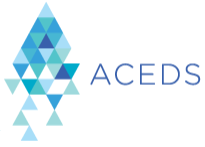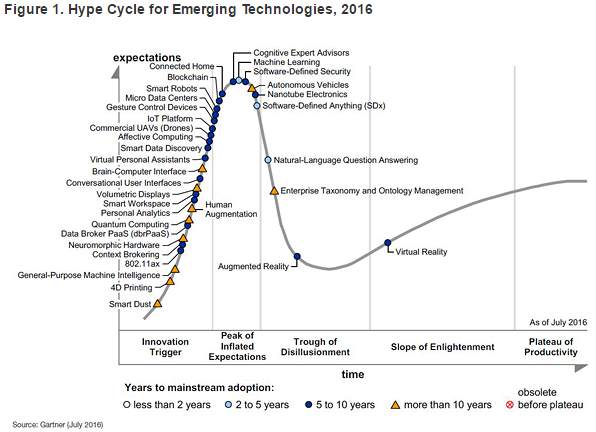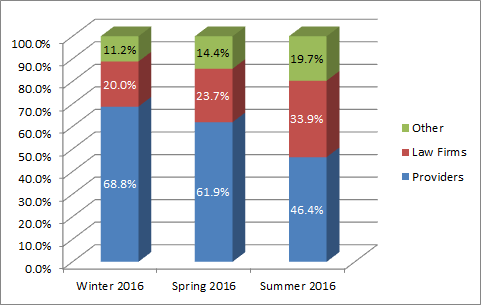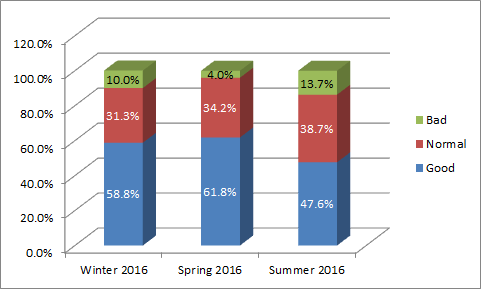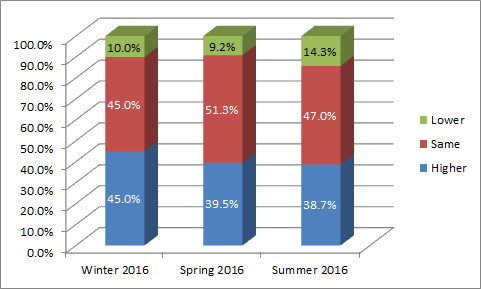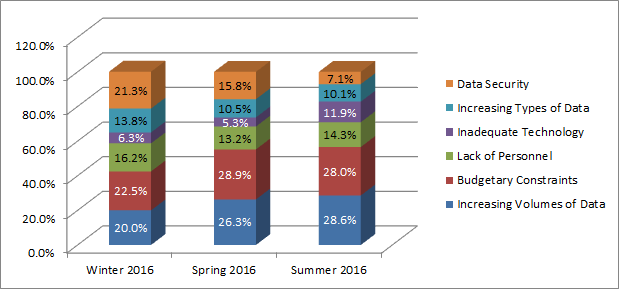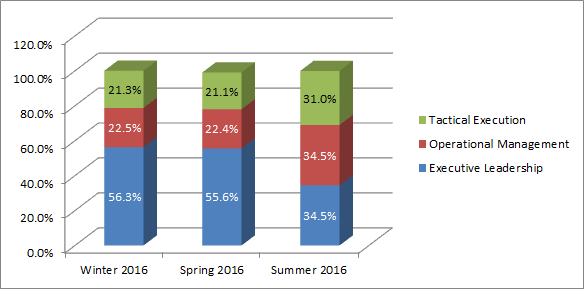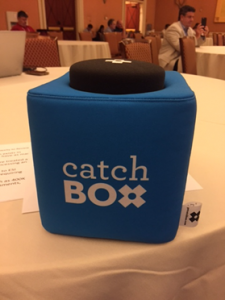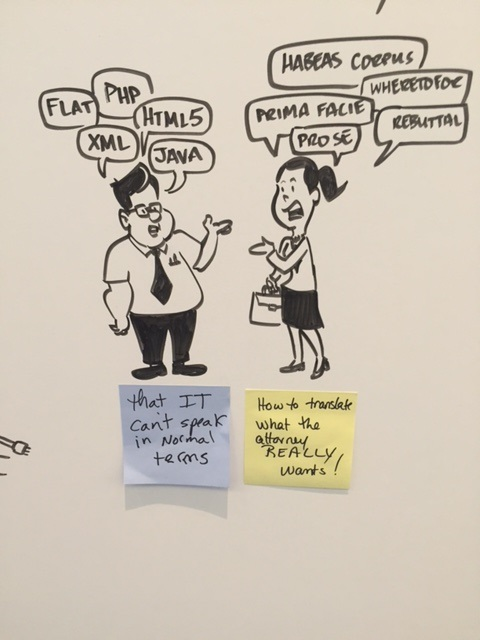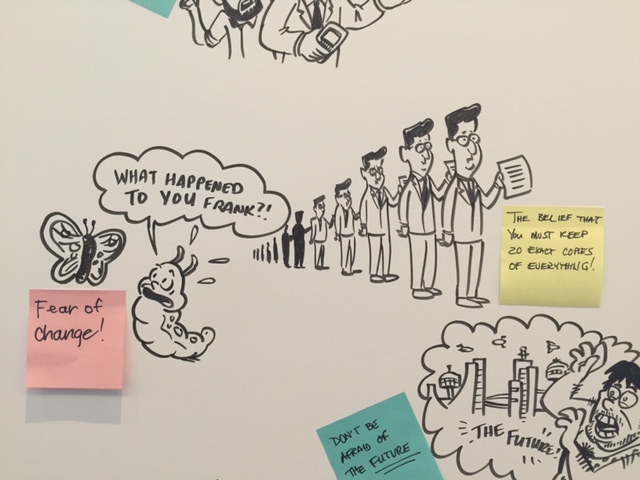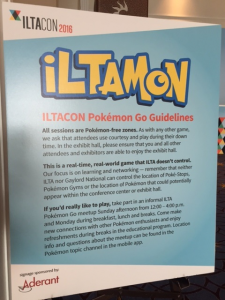Defendant Not Required to Produce All Documents Responsive to Search Terms: eDiscovery Case Law
Remember earlier this week, when we once again discussed the perils of not checking your wildcard terms before agreeing to them? This case law summary is a prime example of that. Perhaps more narrowed search terms would have reduced the review required. Frankly, I’m surprised more documents weren’t retrieved.
In Bancpass, Inc. v. Highway Toll Administration, LLC, No. A-14-CV-1062-SS (W.D. Tex. July 26, 2016), Texas Magistrate Judge Andrew W. Austin (no relation) denied the plaintiff’s Motion to Enforce Discovery Agreements with regard to the plaintiff’s request for the defendant to produce all non-privileged documents responsive to search terms agreed to over email.
Case Background
In this defamation case between two competing highway toll mechanism companies, the parties, negotiating over email, agreed to produce ESI responsive to the following search terms:
- Smartphone /50 toll!
- Smartphone /50 threat
- Smartphone /10 app!
- Phone! /10 app!
- Double /10 bill
- Geotoll
Slash followed by a number means within that number of words (e.g., /50 = within 50 words). The ! after a term indicates a wildcard term.
*My own commentary: See terms 3 and 4 above? They call for the phone related terms within 10 words of any word that begins with “app” (because they’re looking for phone applications or apps, got it?). As you can see here, there are 306 words in the English language that begin with “app”. Apparently, it appears that the parties (one of whom may someday be an appellant) appreciated the thought that appending a wildcard after “app” would be an appropriate application of the wildcard in that approach. OK, a bit extreme, but you get the point – don’t get wild with wildcards! A simple “(application! OR app OR apps)” would have saved a lot of false hits.
Anyway, the plaintiff stated that it believed the parties agreed that “all non-privileged documents responsive to the additional search terms will be produced,” which it understood to mean that every non-privileged document the search turned up would be produced, regardless of whether it had anything to do with the parties’ dispute and the plaintiff did so in its production. Conversely, the defendant produced only those documents that it determined were relevant to the case and withheld the rest, which the plaintiff argued was a violation of the agreement. In response, the defendant stated that it ran the searches as requested, but that the search terms turned up over 20,000 non-privileged but also non-responsive documents. After de-duplicating the search results against previous production and identifying clearly irrelevant documents, the defendant independently reviewed the remaining 3,489 documents for responsiveness and privilege, ultimately producing 34 documents captured by the agreed search terms that were both responsive to the plaintiff’s discovery requests and were non-privileged.
Judge’s Ruling
Ruling on this issue, Judge Austin stated:
“If the Court were to construe the parties’ email correspondence on this topic to constitute a contract, it is likely that HTA’s actions would amount to a breach. The Court’s reading of the e-mail chain is that the parties agreed to produce all of the results of the searches save privileged documents. But the parties’ e-mail exchange is not a contract. Rather, it was a means to simplify and limit the scope of production responsive to BancPass’s requests for production 6, 11, 29, 38, 39, and 45. Having reviewed the attached affidavits detailing HTA’s search and review process there is no reason to believe that HTA has withheld documents it was obligated to produce. Nor is it clear that additional searches with the identified search terms would produce more documents responsive to BancPass’s requests for production. Accordingly, as to the search terms, BancPass’s motion is denied.”
So, what do you think? Should the defendant have been required to produce all of the responsive, non-privileged documents per the email discussion? Please share any comments you might have or if you’d like to know more about a particular topic.
Disclaimer: The views represented herein are exclusively the views of the author, and do not necessarily represent the views held by CloudNine. eDiscovery Daily is made available by CloudNine solely for educational purposes to provide general information about general eDiscovery principles and not to provide specific legal advice applicable to any particular circumstance. eDiscovery Daily should not be used as a substitute for competent legal advice from a lawyer you have retained and who has agreed to represent you.


